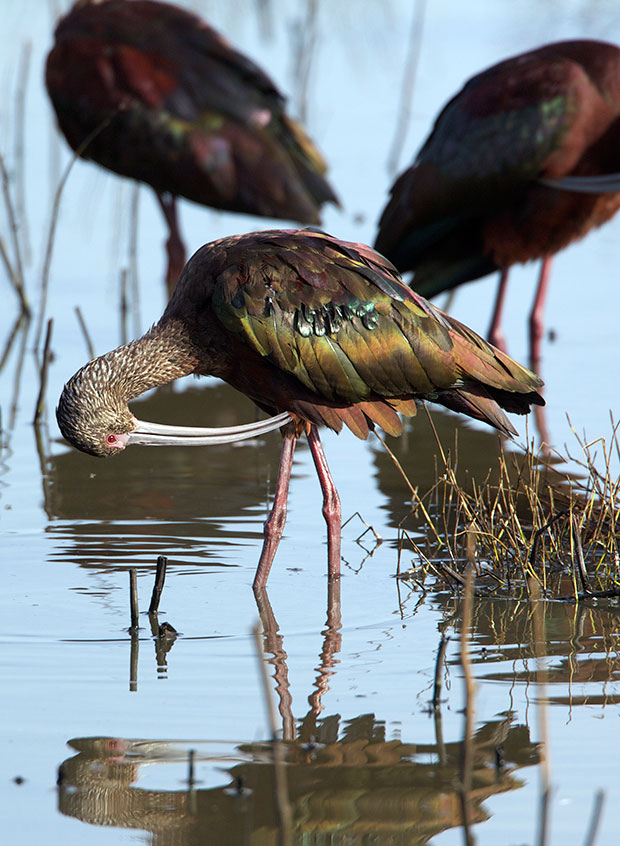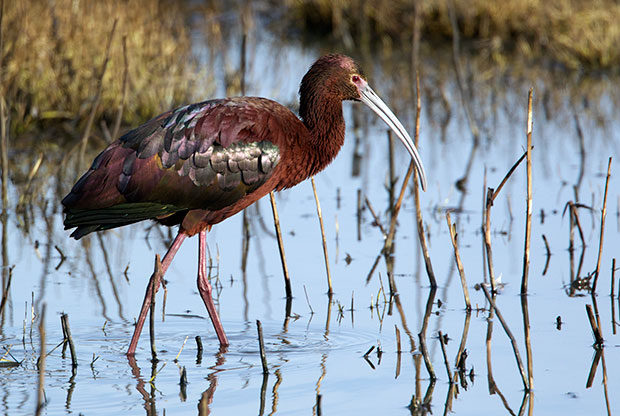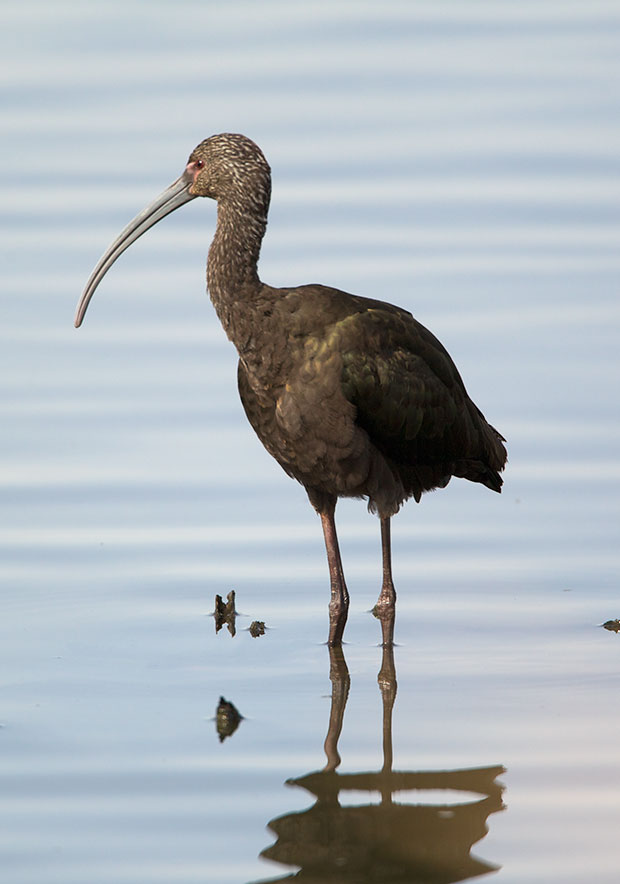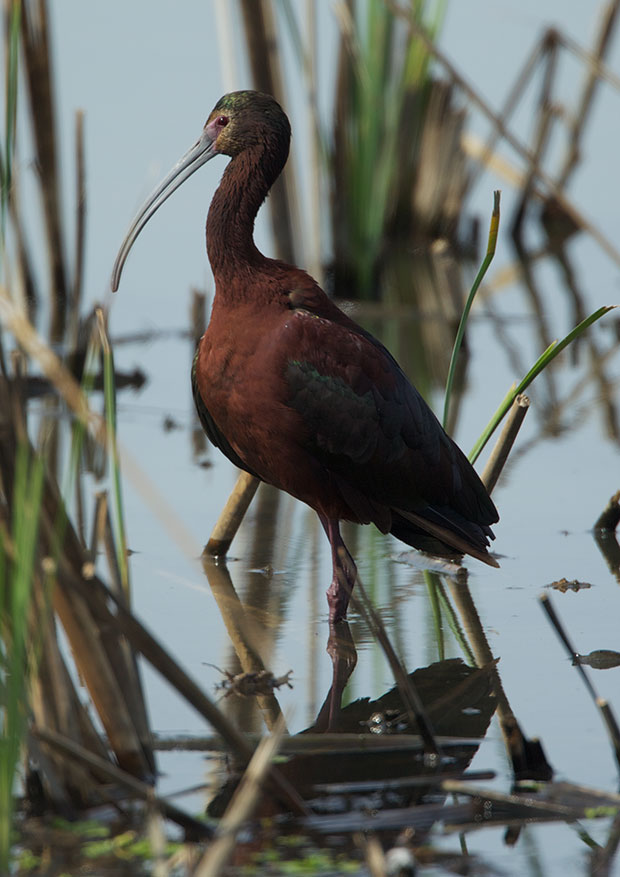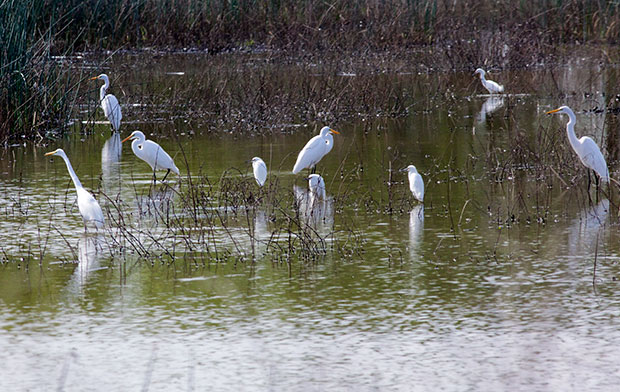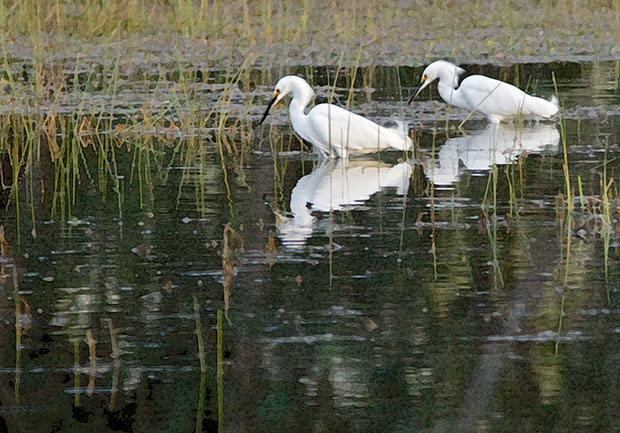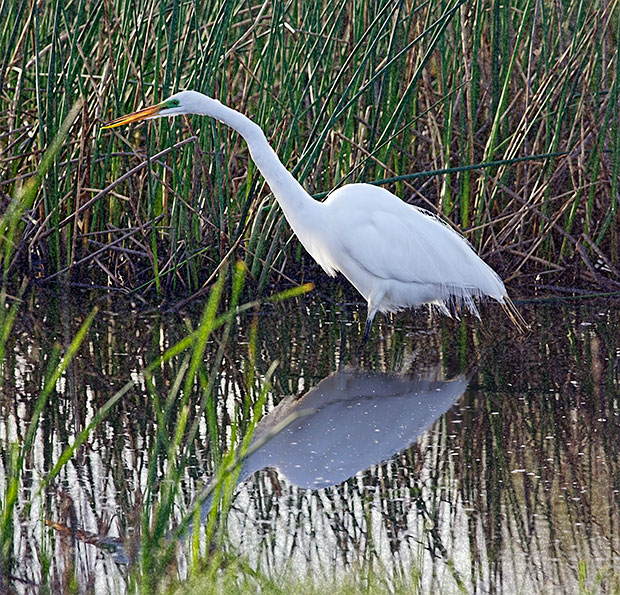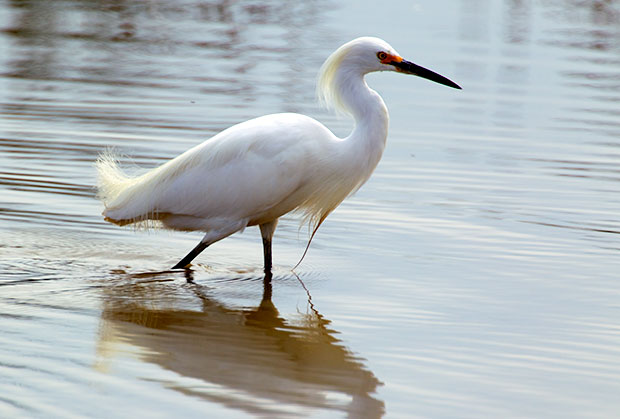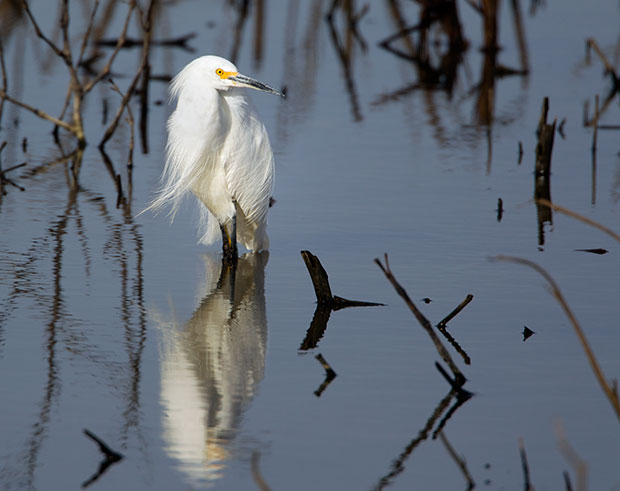Although we only discovered the Night Heron Rookery at Colusa National Wildlife Refuge last year, we were looking forward to seeing it again this year. As we drove up, though, we thought they had left. As we completed the drive, they surprised almost as much as they did last year. From a distance, all you can see is patches of white amidst the branches, only later spotting the herons sitting on branches outside the main rookery.

Even with a 1000mm lens it’s difficult to isolate a single heron
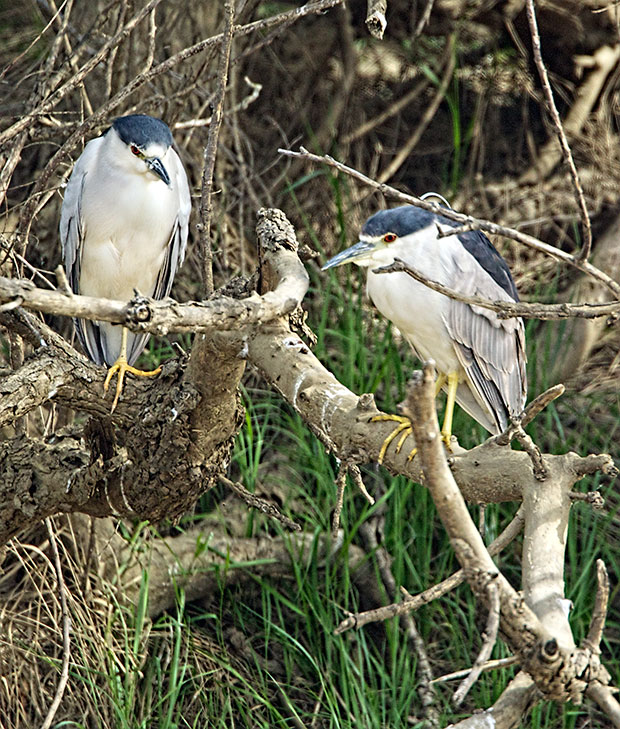
they’re packed so tightly together, layer after layer of them.
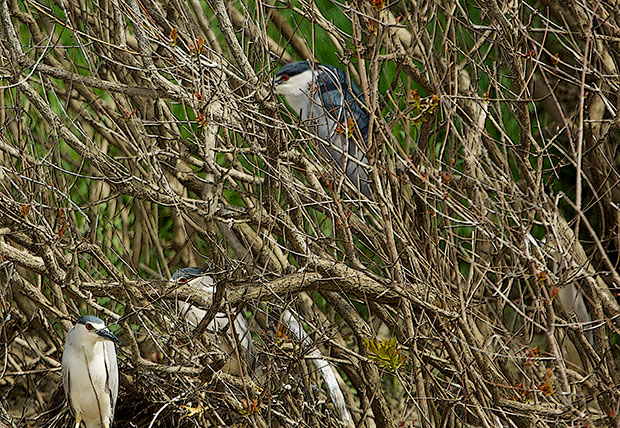
Unfortunately, I don’t know enough about their nesting habits to know if this is where they will raise chicks, but I didn’t see any signs of nests even when zooming in on several of the shots I’d taken.
The only closeup I was able to get was taken of a lone heron at Spring Lake in Santa Rosa.
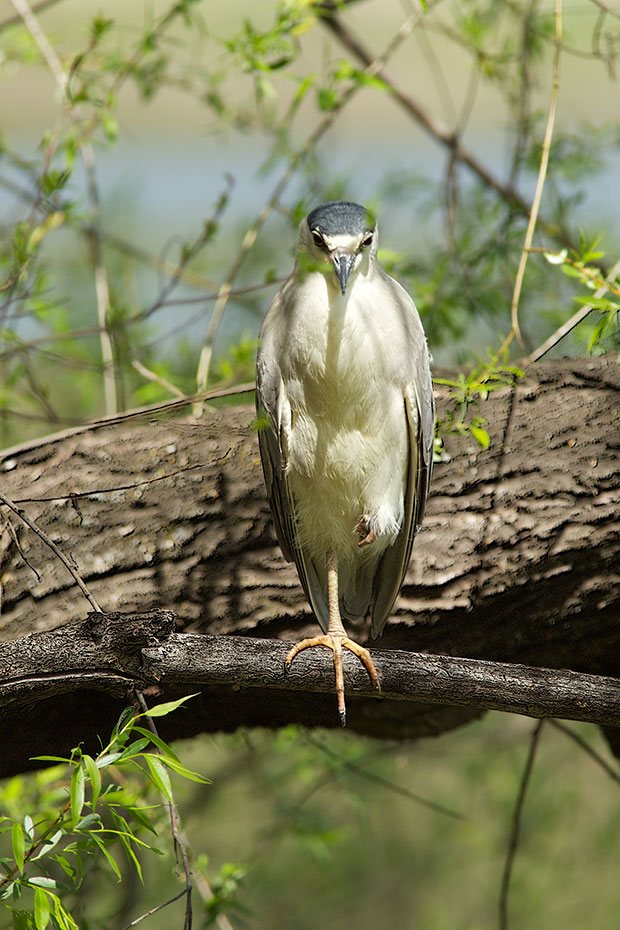
I wish I had a chance to observe these birds over a longer period of time, but I’ve never seen one in Western Washington so it’s unlikely I’ll ever get the opportunity to do so. On the other hand, if I saw them regularly I would probably be less interested in them than I now am.

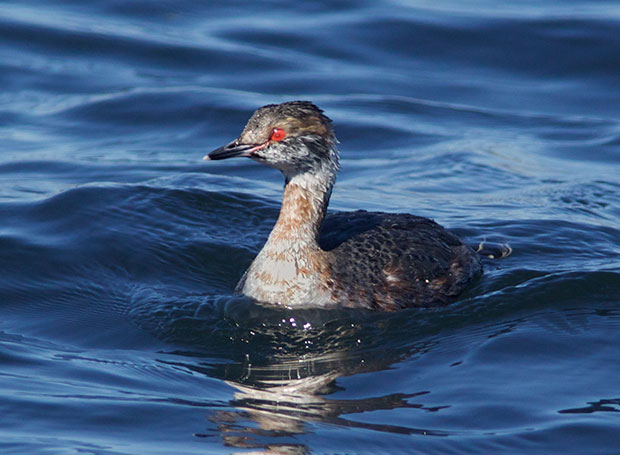
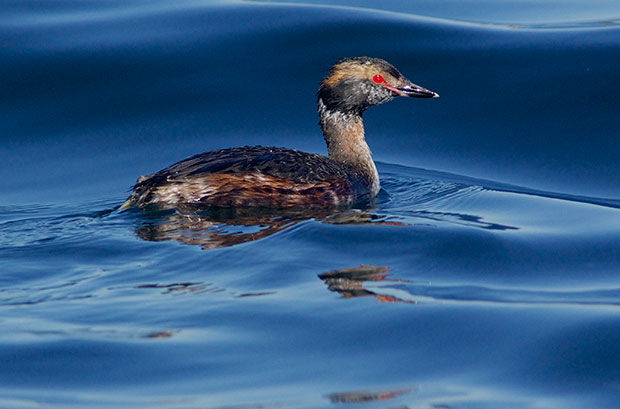
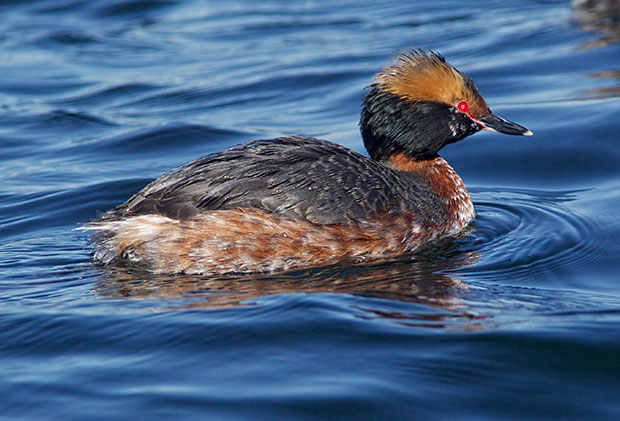
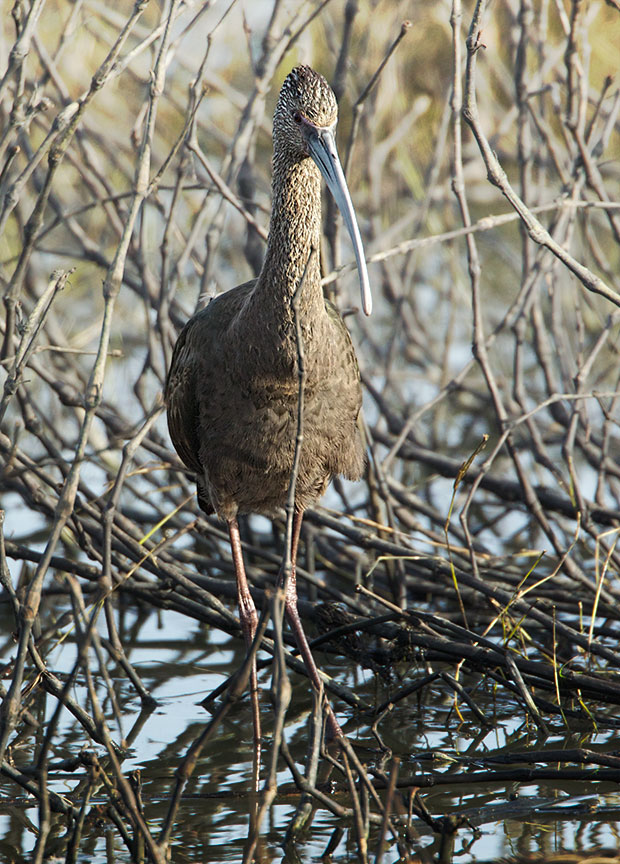
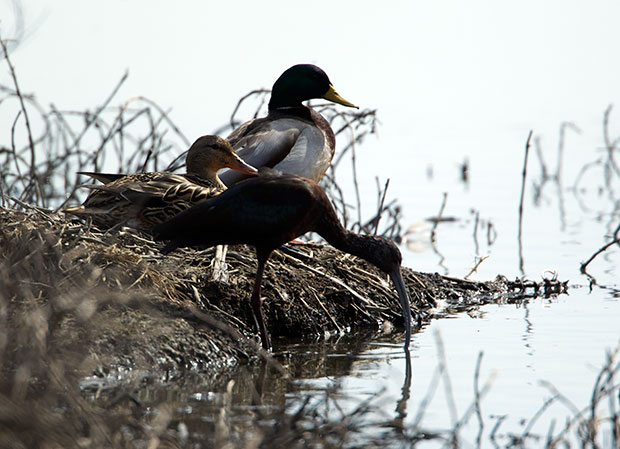 White-Faced Ibis
White-Faced Ibis